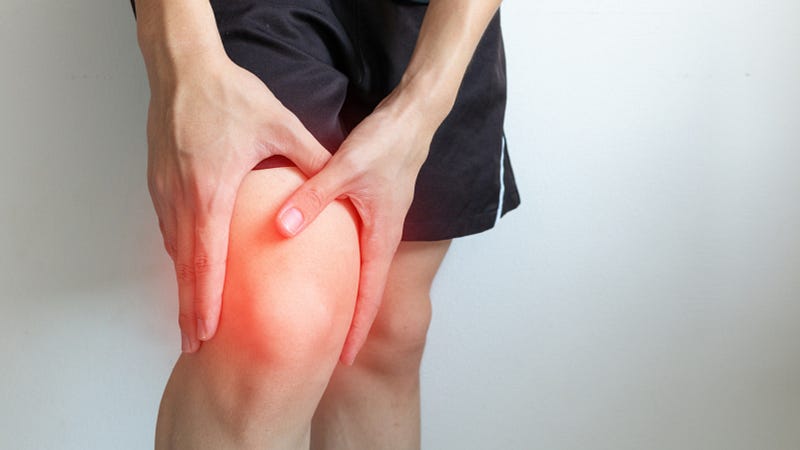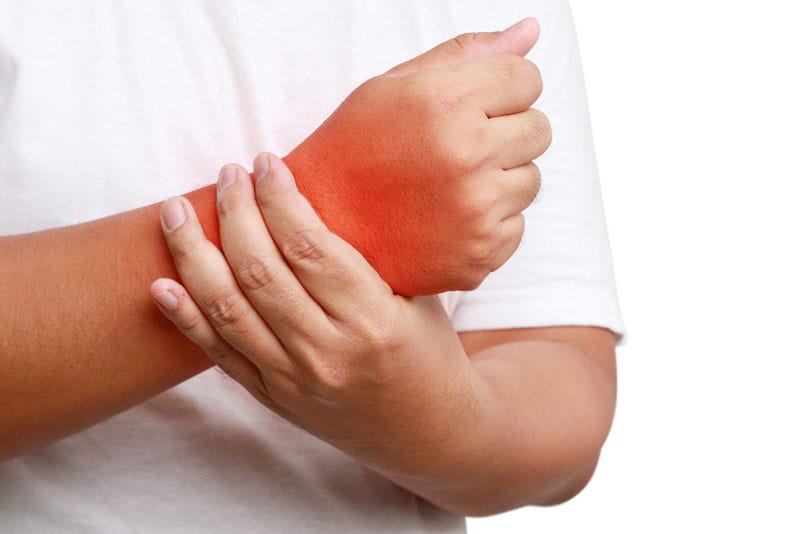
The truth is, swelling (or edema, if we’re being fancy) isn’t just annoying — it can also be confusing. Why is your body doing this? Is it serious? Will it go away on its own? And yes, sometimes you just want it gone. That’s when knowing the right Swelling Medication can feel like a blessing.
But before we jump to fixes, let’s understand what’s really going on under the skin.
So… What Is Swelling, Really?
Swelling is your body’s way of saying, “Hey, something’s up.” It happens when fluid builds up in your tissues, usually in response to an injury, inflammation, or some kind of irritation.
It can be as minor as a bug bite that puffs up your arm, or as concerning as swelling in the legs due to circulation issues. It can be visible — like a puffy knee — or hidden deep inside, where it causes discomfort without any obvious signs.
Swelling isn’t always bad. In fact, it’s often part of the healing process. Think of it as your body’s emergency crew showing up at the scene of a problem. But if that crew overstays its welcome, or shows up too often, that’s when you need to pay closer attention.
Common Reasons for Swelling
There are tons of reasons swelling happens — some totally harmless, others worth checking in with your doctor about. Here are a few of the most common ones:
Injury : Twist your ankle? Stub your toe? Your body sends fluid to the area to help heal it, which causes swelling.
Inflammation : Conditions like arthritis or gout can trigger chronic inflammation and swelling in joints.
Infections : Swelling often tags along with infections, especially if there’s pain, warmth, or redness involved.
Allergic reactions : Ever eaten something your body didn’t like? Swelling might be your body’s “NOPE” signal.
Poor circulation : This one’s sneaky. Swelling in the legs and feet can be due to blood pooling from sitting or standing too long — or from underlying heart or kidney conditions.
Hormonal changes or pregnancy : Our bodies love to shift and swell with hormonal waves, especially during that time of the month or while growing a tiny human.
Sometimes, it’s even something simple, like too much sodium in your diet or a long flight without enough movement.
What Swelling Feels Like (Because It’s Not Always the Same)
Swelling isn’t just about looking puffy. It can come with:
- A heavy, tight feeling
2. Skin that feels stretched or shiny
3. Pain or tenderness
4. Difficulty moving the affected area
It can be subtle — just a little puffiness around your eyes when you wake up — or major, like not being able to get your shoes on by the end of the day.
Either way, you deserve relief. And this is where Swelling Pills come into play.
For mild swelling, over-the-counter anti-inflammatories or diuretics (which help your body release excess fluid) can help. For more serious or chronic swelling, your doctor may recommend prescription options based on what’s causing the issue. Some creams, gels, and tablets are designed specifically to reduce inflammation, improve circulation, and ease that “ugh” feeling.
But remember, medicine is just one part of the puzzle.
Real-Life Relief: What You Can Do at Home
Here are some tried-and-true remedies that can really help reduce swelling and get you back to feeling normal:
Cold Compress
Ice is the classic go-to. It reduces blood flow to the area, bringing down the swelling and numbing pain at the same time.
Elevation
Raise the swollen area above your heart, especially for legs, feet, or hands. It helps fluid flow back toward your core instead of pooling.
Stay Hydrated
Weird but true: drinking more water can actually help flush out the extra fluid causing the swelling.
Cut Back on Salt
Salt pulls water into your tissues. Less salt = less puff.
Gentle Movement
Long periods of sitting or standing can cause fluid to gather. Light walks, stretches, or simply flexing your feet can keep things flowing.
Compression Wear
Compression socks or sleeves help keep things tight (in a good way). Great for travel, long workdays, or recurring swelling.
When to See a Doctor
While most swelling is manageable, it’s important to listen to your body. If swelling:
- Lasts more than a few days
2. Comes on suddenly and severely
3. Is painful, hot, or red
4. Affects your breathing or heart rate
…don’t just brush it off. Get medical help. Your body is giving you signs — trust it.

Be Kind to Your Body (It’s Doing Its Best)
Swelling might seem like a minor nuisance, but it’s your body trying to protect and heal itself. That said, you don’t have to suffer through it. Take steps to rest, reduce inflammation, and yes — use trusted Swelling prescription when needed.
So the next time your ankle puffs up, your fingers feel like sausages, or your eyes just won’t de-puff no matter how many cucumber slices you try — remember, you’re not alone. Swelling happens to all of us. With the right care, patience, and maybe a little help from science, you’ll bounce back in no time.



